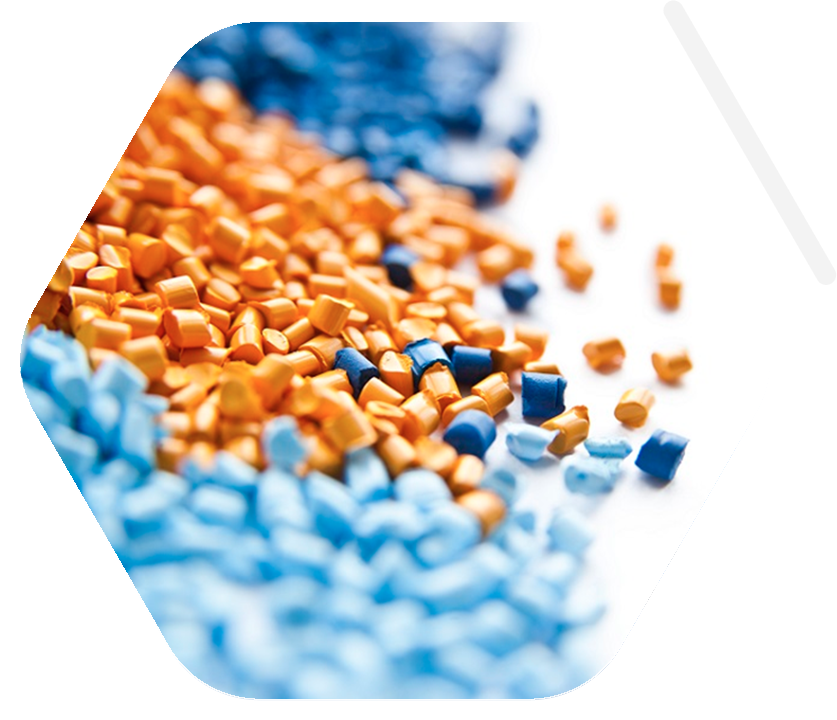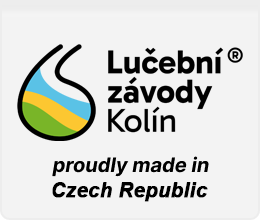Polyamides
A polyamide is a polymer that contains recurring amide groups (R―CO―NH―R′) as integral parts of the main polymer chain. Synthetic polyamides are commonly used in textiles, automotive industry, carpets, kitchen utensils and sportswear due to their high durability and strength. Polyamides are produced by a condensation reaction between monomers, in which the linkage of the molecules occurs through the formation of the amide groups. They may be produced by the interaction of a diamine and a dicarboxylic acid or they may be formed by the self-condensation of an amino acid or an amino-acid derivative. One of the important method for production of polyamides is an anionic polymerization of lactams, in which Synhydrid® can be successfully used as an effective initiator.

The anionic polymerization of lactams is catalyzed by strong bases which are capable for forming of lactam anion. In practice two-component initiator-activator catalytic systems are usually used for anionic polymerization of 6-caprolactam. As activators N-acetyl-6-caprolactam, N-aryl-6-caprolactams or isocyanates can be selected. The initiators are very often alkali metal salts of 6-caprolactam.
The suitable initiator, enabling better control of polymerization process, is possible to prepare by reaction between Synhydrid® and 6-caprolactam. By an inverse dosing procedure where Synhydrid® is added to 6-caprolactam, sodium bis(6-caprolactamo)bis(2-methoxyethoxo)aluminate is formed and simultaneously hydrogen is released. The obtained solution of sodium bis(6-caprolactamo)bis(2-methoxyethoxo)aluminate can be used either below melting temperature of the polymer for low temperature anionic polymerization of 6-caprolactam under adiabatic conditions or at temperatures above the melting point of polymer for isothermal continuous polymerization.




